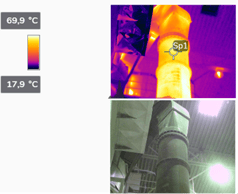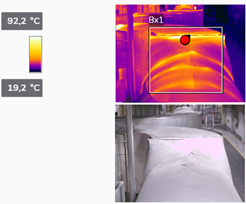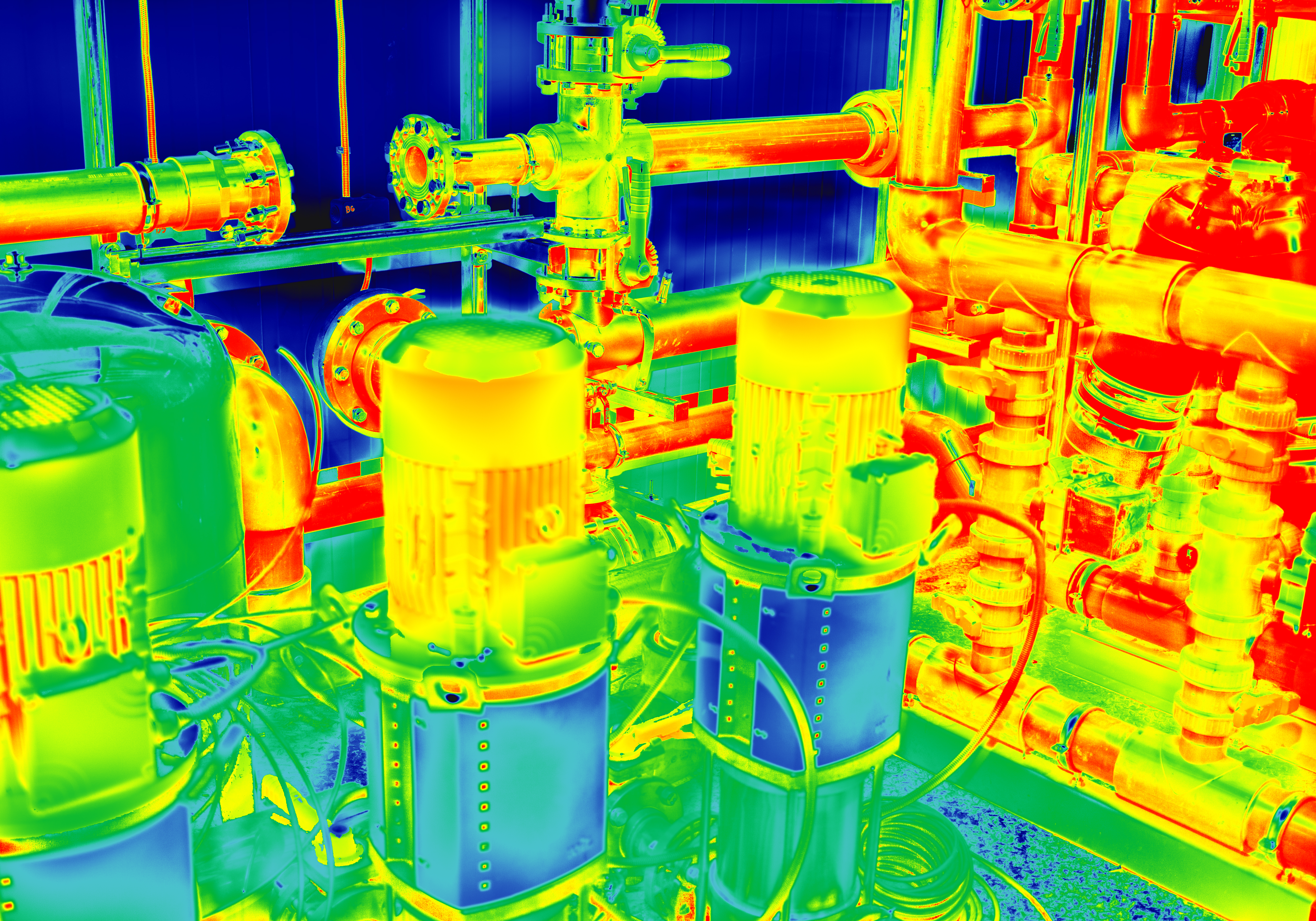- Group websites
- Knauf Insulation worldwide
- Corporate
- Albania
- Algeria
- Australia
- Austria
- Belgium
- Bosnia
- Bulgaria
- Canada
- Croatia
- Czech Republic
- Denmark
- Estonia
- Finland
- France
- Germany
- Greece
- Hungary
- Italy
- Japan
- Kazakhstan
- Latvia
- Lithuania
- Luxembourg
- Macedonia
- Malaysia
- Mexico
- Montenegro
- Morocco
- Netherlands
- New Zealand
- Norway
- OEM
- Poland
- Portugal
- Romania
- Russia
- Serbia
- Singapore
- Slovakia
- Slovenia
- South Africa
- South Korea
- Spain
- Sweden
- Switzerland
- Tunisia
- Turkey
- UAE
- USA
- Ukraine
- United Kingdom
- Knauf Insulation worldwide
- Group websites
- Knauf Insulation worldwide
- Corporate
- Albania
- Algeria
- Australia
- Austria
- Belgium
- Bosnia
- Bulgaria
- Canada
- Croatia
- Czech Republic
- Denmark
- Estonia
- Finland
- France
- Germany
- Greece
- Hungary
- Italy
- Japan
- Kazakhstan
- Latvia
- Lithuania
- Luxembourg
- Macedonia
- Malaysia
- Mexico
- Montenegro
- Morocco
- Netherlands
- New Zealand
- Norway
- OEM
- Poland
- Portugal
- Romania
- Russia
- Serbia
- Singapore
- Slovakia
- Slovenia
- South Africa
- South Korea
- Spain
- Sweden
- Switzerland
- Tunisia
- Turkey
- UAE
- USA
- Ukraine
- United Kingdom
- Knauf Insulation worldwide
- Home
- Sound solutions to tackle unhealthy industrial noise
Sound solutions to tackle unhealthy industrial noise
Loud levels of industrial noise can impact worker’s health and a threaten safety. Reliable acoustic solutions are essential to ensure a workplace that is safe and sound.
The Center for Disease Control estimates that 22 million workers in North America are exposed to potentially damaging noise at work every year.
The tragedy is that consistently enduring loud noise can irreversibly damage the nerve endings of the inner ear resulting in permanent hearing loss that can never be recovered.
“About 24% of hearing difficulty among North American workers is caused by occupational exposures,” says the US National Institute for Occupational Safety and Health, with an estimated US$242 million reportedly spent every year on workers’ compensation for hearing loss disability.
In Europe the situation is equally challenging. “Noise-induced hearing loss is still one of the most prevalent recognised occupational diseases with the cost of hearing loss representing about 10% of the total cost of occupational diseases,” says the European Agency for Safety and Health at Work.

Excessive industrial noise pollution is particularly damaging. Every industrial plant has the noisy potential to impact the health of the people who work there as well as cause annoyance to those who live nearby.
Maro Puljizević, Knauf Insulation’s Acoustics Project Manager at the company’s Core Research and Development Department, says: “The sources of industrial noise are endless from grinding machinery, machine presses, generators, drills, punch presses, saws, fans and lathes. Constant noise such as a generator hum is difficult enough for anyone to handle, but it is intermittent noise that pushes up stress levels such as a press that punches out metal every 30 seconds or bursts of loud steam from piping.
“In addition to the danger of hearing loss, excessive industrial noise has a psychological impact causing stress and annoyance, high blood pressure, a loss of productivity and, significantly, making it difficult to hear safety alarms or warnings from colleagues which could lead to accidents.”
WARNING SIGNS OF HEARING LOSS
Most countries have regulations in place to protect workers from excessive noise at work. In the US, for example, this means that if noise exposure is 85 decibels or above —averaged over eight working hours — measures need to be taken.
And 85 decibels sound a lot, but as the Occupational Safety and Health Administration (OSHA) points out: “If you need to raise your voice to speak to someone one metre away noise levels might be over 85 decibels.”
The OSHA states that noise may be a problem in the workplace if workers hear ringing or humming in their ears when they leave work, have to shout to be heard by someone just an arm’s length away or experience temporary hearing loss when leaving work.
So what can be done to keep people safe?
Maro has worked at numerous industrial plants — including those of Knauf Insulation — helping decision-makers tackle noise challenges.
“When it comes to noise you can isolate equipment or isolate people — and it is hard for people to wear ear-protectors for eight hours,” he says. “The most efficient way is to reduce noise at the source by putting an acoustic enclosure around a machine. If the machinery is too complex for that there are acoustic curtains or barriers that are very effective.”
INDUSTRIAL SOLUTIONS
Knauf Insulation and its parent company the Knauf Group offers a wide range of customised solutions. The noise-blocking fibre structure of Rock Mineral Wool and Glass Mineral Wool can be combined with sound-deflecting Knauf plasterboards which can be fine-tuned for maximum acoustic impact.
Such combinations are ideal for the noise reduction of individual machines or for the creation of protective booths inside a plant where workers can work in relative peace isolated from the industrial cacophony outside.

Meanwhile, Knauf Insulation’s Technical Solutions which has worked with companies worldwide — from paper mills in Finland to nuclear power plants in France — can provide Power-teK® acoustic combinations for highly specific industrial purposes.
Power-teK is ideal for pipes, storage vessels and tanks, boilers, furnaces or storage tanks up to a maximum application temperature of 700ºC.
IMPROVING COSTS AND ACOUSTIC HEALTH
“Power-teK solutions can cut down unwanted source noise significantly,” says Maro. “For example, noise can travel along kilometres of plant piping which magnifies sound like a trumpet. Good pipe insulation can make an acoustic difference as well as significantly improve energy costs.”
Another area of noise management involves tackling the space that encompasses industrial noise. Giant buildings filled with machinery are highly echoic with reflective surfaces that bounce sound around.
“Hanging insulation baffles from the ceiling or incorporating insulated panels in strategic wall spaces can help reduce the decibel level and every reduction will be an improvement in communication for the people who work there,” says Maro.
A popular choice in this area is Knauf Insulation’s Heraklith Wood Wool which is ideal for insulating ceilings, walls and floors and is often used to reduce unwanted noise from technical rooms, storage spaces and parking areas.
MAJOR IMPACT OF SMALL CHANGES
And finally, there are practical measures that might not require any insulation installation, just strategic thinking.
“The movement of packaged products which is normally accompanied by the beeping of forklift trucks can be isolated by arranging the stock in the way that it acts as an acoustic barrier to areas susceptible to noise,” says Maro.
“And simply adding a rubber mat will take away the annoyance experienced by those who have to listen to the intermittent banging of dropped tools on metal surfaces. When it comes to reducing industrial noise pollution, every little action can add to a big difference.”
To read more about acoustic well-being and how Knauf Insulation can help visit Our Acoustics Insulation Solutions | Knauf Insulation







